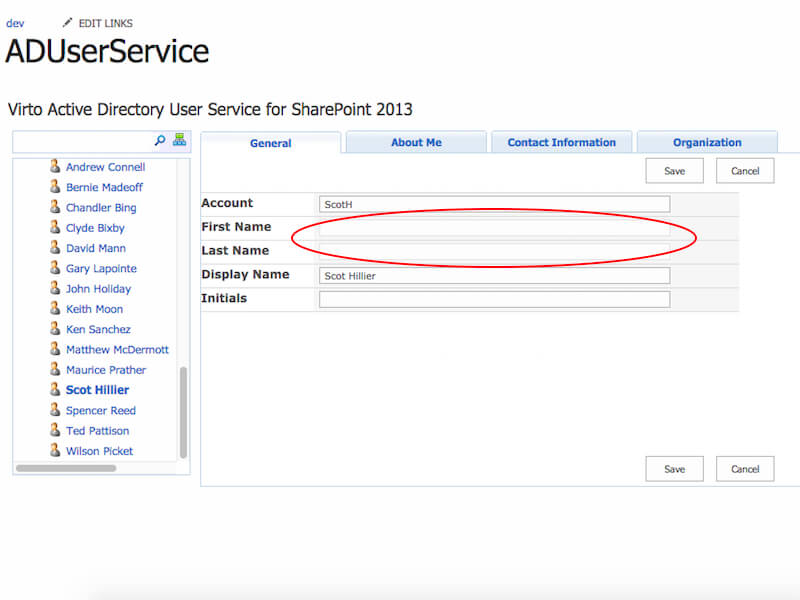


- LOGIN TO USER PROFILE SAMPLE PAGE HOW TO
- LOGIN TO USER PROFILE SAMPLE PAGE REGISTRATION
- LOGIN TO USER PROFILE SAMPLE PAGE CRACK
If the event logs indicate that the NTUSER.DAT file does not exist or is corrupt, you can copy it from C:\Users\Public.The most relevant event IDs to look for are 1500, 1508, and 1509. Open the Event Viewer and try to locate any errors or warning events about the User Profile Service or User Profile General source.Once enabled, log in using the built-in administrator account, and follow the remaining steps. If you can't even log in with the current admin account, enable the built-in administrator account. As mentioned above, users who already have a user profile directory are not affected by this error. If the error persists, try the following: Try restarting your computer before attempting further repairs, because problems sometimes go away with a simple restart.
LOGIN TO USER PROFILE SAMPLE PAGE HOW TO
Now that you understand why this error occurs, let's discuss how to fix it. User profile cannot be loaded on the login screen. When such events are logged, you will see a User Profile Service failed the sign-in. Nice, the overall view is getting better with each tutorial! Let's do a similar change inside our articles.The system has attempted to load or restore a file into the registry but the specified file is not in a registry file format for ntuser.dat Let's look at how this change affects our homepage: The complete template with the above change looks the following: We insert a few additional HTML lines to display the author and publication date of the record above the title: First, we do this change in our " django_project/main/templates/main/home.html" template. ),Ī(ArticleSeries, ArticleSeriesAdmin)Ī(Article, ArticleAdmin)Įxcellent, now our record in the database holds the author and publication date we can display this information in the homepage record and inside articles. Same as before, I already made one in " django_project/users/templates/users/profile.html": Here, we are creating a new page for our users, which means we'll need to create a new HTML template. We go to our " django_project/users/forms.py" and we create a new " UserUpdateForm" object with basic (name, surname, email, description) fields from our user models: #django_project/users/forms.pyįields = Ok, from our previous tutorial, we know that we will need to create a new form for our users, so we can easily access and modify profile information.

Path('profile/', views.profile, name='profile'), Path('logout', views.custom_logout, name='logout'), Path('login', views.custom_login, name='login'),

Path("register", views.register, name="register"), We go to our " django_project/users/urls.py" and insert a new line with a path to a new profile function in our views: # django_project/users/urls.py We start by creating an URL for our profile. We created our users model so that users can't change their username when registered, and it's unique, which means that the best idea is to access user profiles by username. Also, it is important that these profiles could be accessed by other users, for example, so that anyone could check the author's profile of any published post on our page.
LOGIN TO USER PROFILE SAMPLE PAGE CRACK
So, in this part, we'll crack on our user profile so that our users can edit their description, name, surname, or other details you want to include.
LOGIN TO USER PROFILE SAMPLE PAGE REGISTRATION
We all know that a page with registration and login tabs must have a user profile page. Welcome everyone to part 12 of the web development in Python with Django.


 0 kommentar(er)
0 kommentar(er)
